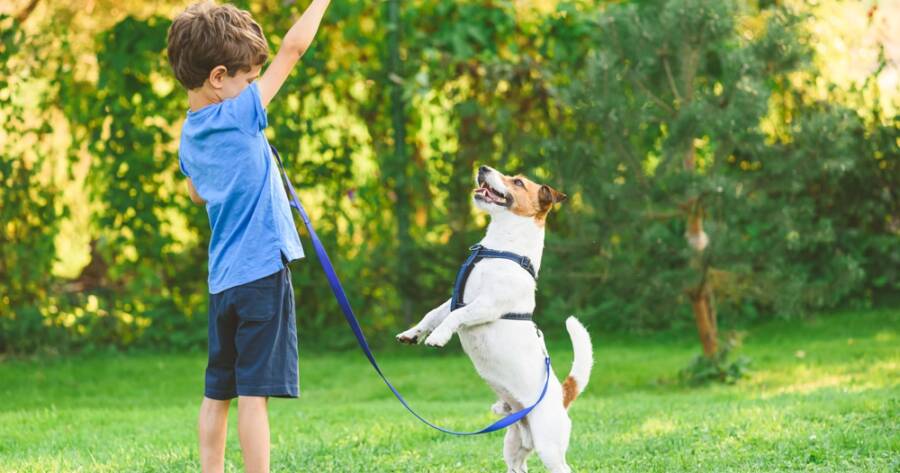Training your dog doesn’t have to be time-consuming or complicated—even the busiest pet owners can fit it into their daily routine. With a few simple hacks, you can teach good behavior, reinforce commands, and strengthen your bond in just minutes a day. Consistency and creativity are key. By incorporating quick, effective training techniques into everyday moments, you’ll see positive results without the stress of lengthy sessions or rigid schedules.
Use Mealtime for Training
One of the easiest ways to fit training into your day is by using mealtime as an opportunity. Rather than feeding your dog from a bowl, turn mealtime into a short training session. Ask for basic commands like “sit,” “stay,” or “leave it” before giving portions of their food.
This approach not only reinforces obedience but also teaches patience and focus. Since mealtime happens twice a day, it’s a built-in chance to practice without adding extra time to your schedule.
Keep Training Sessions Short and Sweet
Training doesn’t require long, exhausting sessions. In fact, short bursts of 3-5 minutes are often more effective, especially for busy owners and easily distracted dogs. Focus on one command or behavior at a time, keeping the session positive and energetic.
Frequent, bite-sized lessons throughout the day—while waiting for coffee or during commercial breaks—help your dog learn faster. Consistency is more important than duration, so take advantage of small pockets of free time.
Leverage Everyday Moments
Everyday activities offer perfect training opportunities if you stay mindful. Waiting at the door before a walk is a great time to practice “sit” or “wait.” Asking for a “down” command before tossing a toy reinforces calm behavior before playtime.
Training doesn’t have to feel like a chore when you weave it naturally into daily routines. By using moments you’re already sharing with your dog, you can reinforce positive habits without rearranging your schedule.
Use High-Value Treats Strategically
When you’re short on time, make every reward count. Keep a stash of high-value treats—something your dog loves but doesn’t get often—for training. These treats grab attention quickly and motivate your dog to focus, even during distractions.
Reserve these special treats solely for training sessions. The excitement of earning a rare reward keeps sessions efficient and effective, helping you get the most out of even the shortest training windows.
Teach “Place” for Calm Downtime
Teaching your dog the “place” command is one of the most useful hacks for busy households. It teaches them to settle on a designated mat or bed while you handle daily tasks. Start with short durations, rewarding them for staying put, then gradually increase the time.
This not only encourages self-control but also gives you peace of mind when guests arrive or during busy moments. A well-trained “place” command adds calm structure to your home life.
Utilize Interactive Toys for Mental Stimulation
On days when you’re stretched thin, interactive toys and puzzle feeders can do some of the training work for you. These tools keep your dog mentally engaged, encourage problem-solving, and curb boredom-related behaviors like chewing or barking.
While your dog works to figure out how to access treats or food, they’re practicing patience and focus. It’s a hands-off yet highly effective way to supplement your training routine while keeping your dog entertained.
Training Made Simple and Stress-Free
Training your dog doesn’t require hours of dedication—just consistency, creativity, and smart use of your time. By incorporating these quick hacks into your daily life, you can build better behavior, strengthen your bond, and reduce frustration for both you and your pup. Small efforts add up, making training simple, manageable, and rewarding. The key is turning everyday moments into teachable ones—and enjoying the process along the way.

